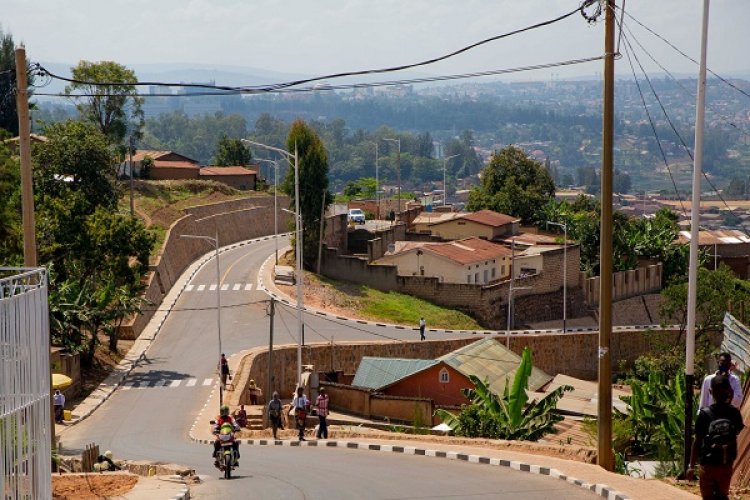The transport sector regulator is, all of a sudden, opening up the public transport market to individual players, ending what many labelled a ‘monopoly’ under arrangement that allowed only few bidders ply Kigali City and key upcountry routes for nearly a decade.
The U-turn comes at the height of mass transport crisis exposing daily commuters to chaotic and costly journeys to and from work, schooling, and all routine activities in and out of town.
The capital and secondary cities have been urbanising to levels that appear to have overwhelmed existing mass transportation system even in the light of series of reforms, sending planners back to the drawing board.
With the August 3 call on members of the public to avail fleet that can help plug a deficit, Rwanda Utilities Regulatory Authority (RURA) is simply trying to come up with quick fixes to the matter as planners devise new plans.
Reforms
Attempts to fix mass transportation date back to 2013 when routes tendering was introduced in Kigali City with eyes on the commuter service that is efficient, convenient and reliable – one that would see personal car users opt to use buses to and from work and other errands.
Kigali City mass transport system was entrusted to only three firms operating under strict rules in terms of size and capacity of fleet they deploy, routes and tariff, among other conditions introduced in series of reforms.
In particular, officials were quick to chase away minibuses out of the capital and national paved roads as part of the drive to modernize commuter service.
This gave a rise to the use of 35-seater and higher capacity buses in the public transport, leading to complete phase-out of 14-seaters in urban commuter service.
The latter were ‘banished’ to unpaved roads in rural areas, or turned to things other than carrying passengers.
Years later, facts on the ground are that the commuter service is far from being efficient, convenient and reliable. Reforms did little to avert the current crisis.
Now the ball is in the court of urban transport planners at Rwanda Transport Development Agency (RTDA), City of Kigali, Rwanda Utilities Regulatory Authority (RURA) and the Infrastructure ministry to rethink plans and policies.
Failed plan
The agencies initially indicated the plan was to bring down waiting time at bus stop to five minutes on short routes, 10-20 minutes on trunk routes during peak hours, and 15 and 30 minutes maximum respectively during off peak.
This is per plan mooted in 2017 to cut time people commuters spend at bus stages and terminals. However, with passengers outnumbering available fleet day by day, this never came to pass.
This has dealt a heavy blow to plans to operationalise both the bus management and passenger information systems expected to help track fleet and relay real time updates on arrival under what was dubbed “public transport generation 3”.
In fact — if anything, commuters spend more time, and queues are longer at bus stops and terminals this year than was the case last year or any time before that.
In the regulator’s call for investors to avail fleet that can help fix the crisis, it is not clear what the specifications are, modalities of operations, or even the exact fleet deficit they are trying to fill.
But it’s clear they are trying to entice back into the system former transport operators who either quit or diverted fleet into activities other than public transport following the 2013 routes tendering in Kigali which saw them lose business.
Hurdles
Those who spoke to this publication say they barely upgraded or expanded their fleet even after government encouraged import of high capacity public transport fleet with tax incentives, sometimes up to zero customs duty as at 2019.
From then importers of buses that carry between 25-50 passengers have seen import duty reduced to 10 per cent from 25 per cent while those that carry more than 50 passengers paid zero customs duty.
They say the incentives did not work for them because it did not make sense for anyone to bring in fleet if they knew they won’t have license to operate.
It would imply paying millions to get buses manufactured, imported into the country only to hand it over to someone with a license to employ you at their own terms.
However, there are few who managed to craft a business niche around buses for hire or rental services targeting mainly weddings, group travels and meetings. Their fleet may help salvage the situation for the moment.
But the regulator will have to address a number of issues from short term contracts that do not allow investors to secure new capital investment to cope with increased demand, and a tariff current operators say does not reflect actual costs, among others.










